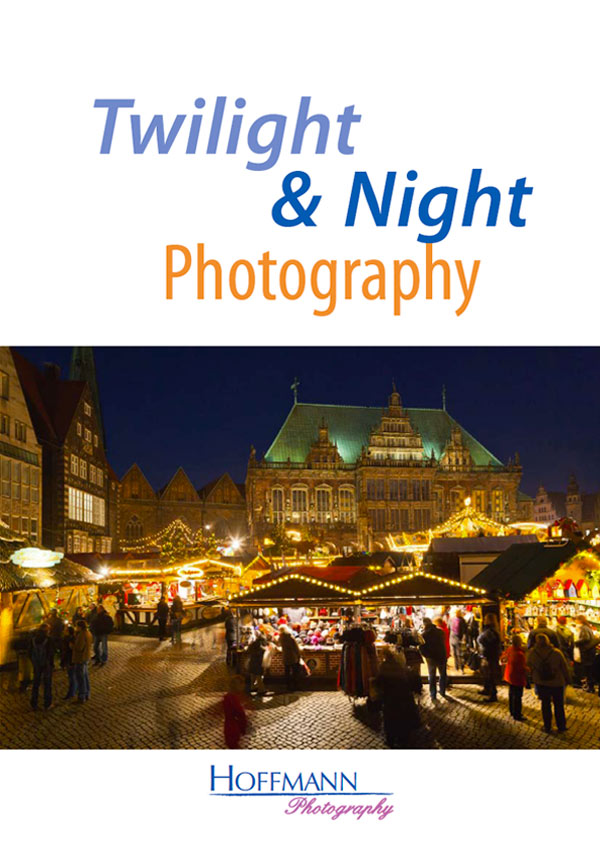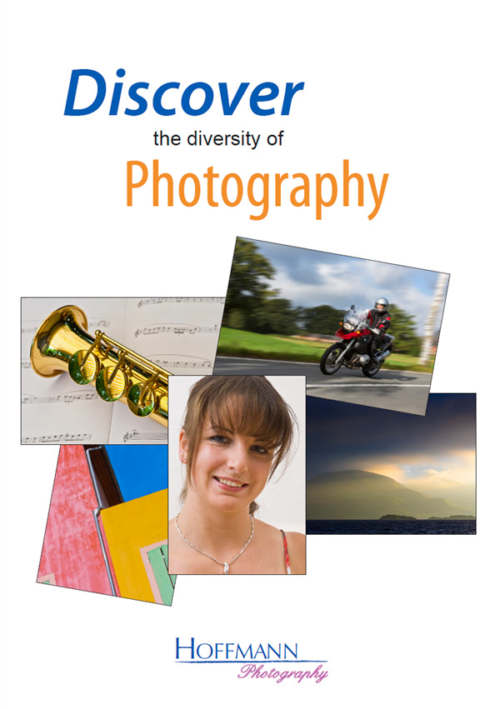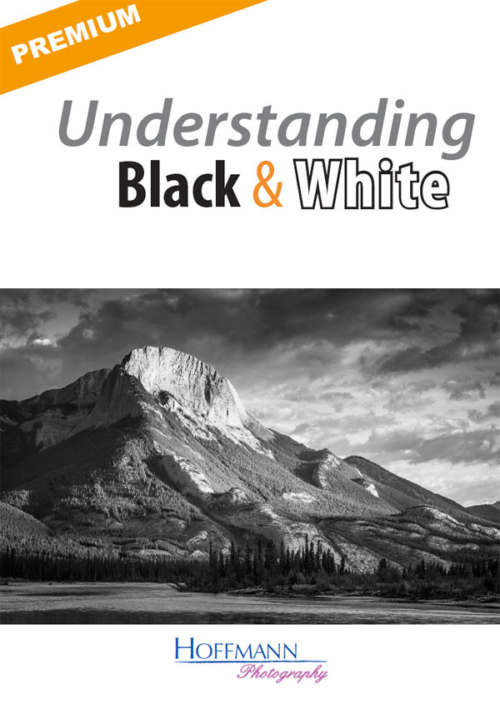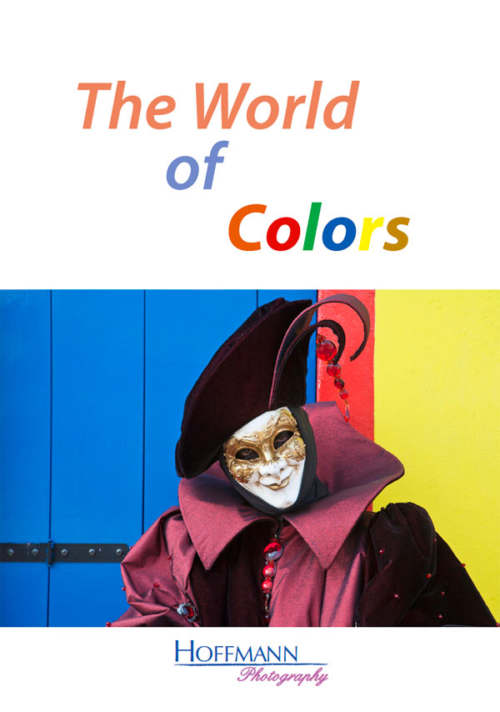Photographing at dusk and after sunset can lead to particularly attractive images. The combination of (residual) daylight and artificial lighting in the big city or moon and starlight in the countryside is an important factor. Also the right timing must not be neglected, because the light conditions change constantly at dusk and dawn. But it is worth the effort, because cities change their character completely when the lights in the buildings and on the streets are switched on.
What you can expect
You can expect four lessons of intensive online photo workshop. Detailed course material with many sample photos will inspire you to create your own images. For each assignment you will take your own pictures, which your instructor will then discuss in detail and perhaps suggest improvements.
Lesson 1: Landscapes and cityscapes in changing light
In the first lessen we will deal with equipment and shooting technique, because photography at nightfall and in low light in general has some special requirement. After we’ve got the technical aspects out of the way, it’s all about the light. When the sun sets, the light changes quickly and so does the mood of the scene. Especially big cities change their appearance dramatically when the light fades.
Lesson 2: Twilight and “Blue Hour”
In general, the “blue hour”, the time after sunset when the sky is not yet completely black, is considered a particularly good time for taking photos. Unfortunately, the blue hour is often much shorter than one hour and therefore good planning and precise timing is very important.
Lesson 3: Challenges of low light photography
During twilight and in the night we are usually dealing with long exposure times. Whenever there are moving objects in the scene we either increase the ISO number to get sharp pictures or we can use the inevitable motion blur at long exposure times to our advantage and take some rather creative pictures …
Lesson 4: Very long exposures and special effects
In this lesson we will look at the particularly long exposure times, which are controlled by the so-called “bulb” setting in most cameras. In addition to the technical aspects of very long exposure times, we will also look at the possibilities of how to show movement in the picture and how to paint in the picture with the help of an electronic flash and/or flashlight during the exposure. Photography of the moon, stars and fireworks will conclude the course.






Reviews
There are no reviews yet.